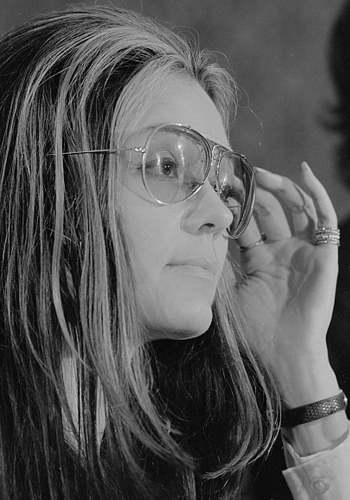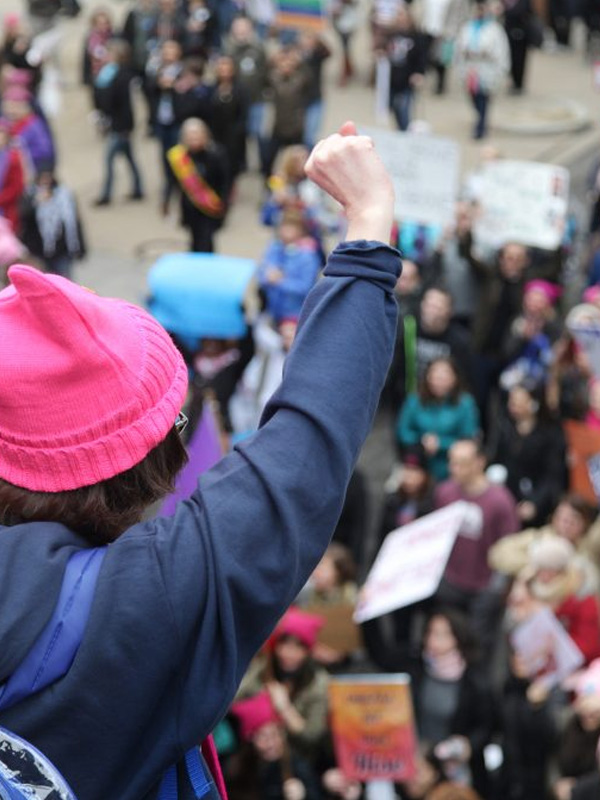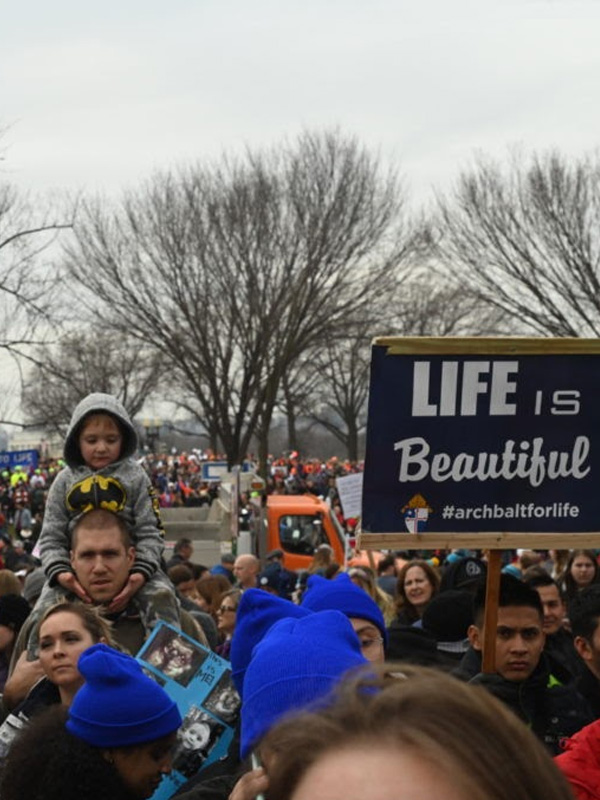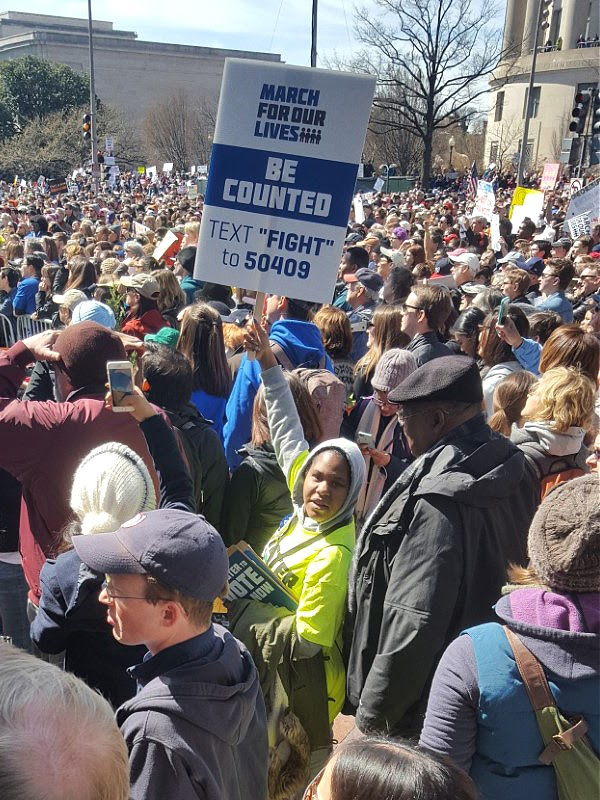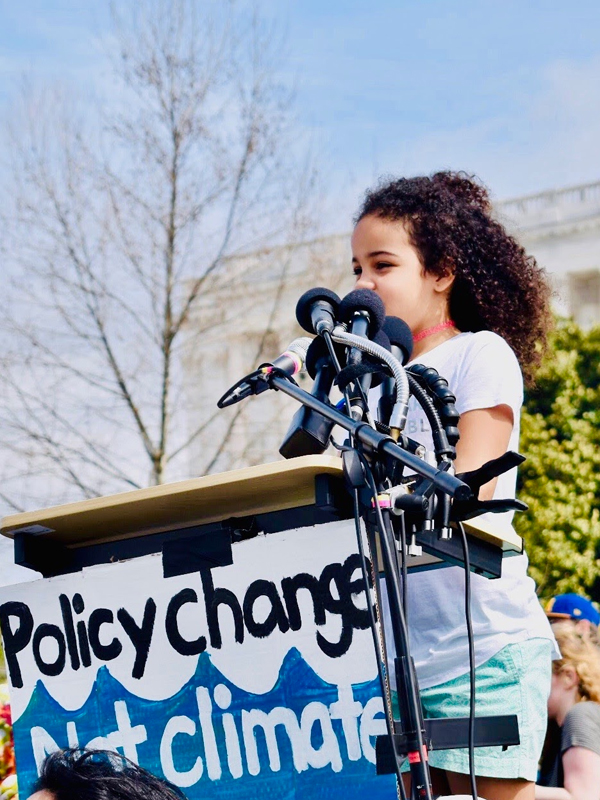Outcomes
Women have fought to achieve greater equality throughout American history. While relegated to the women’s pages of newspapers for decades, women journalists broke ground as reporters and often as active members of the suffragist movement. By putting pressure on their legislators through organized efforts across the country and deliberately courting the media in ways that would give their cause more publicity, suffragists were eventually successful.
A century after the passage of the 19th Amendment, the 116th Congress (2019–2021) became the most diverse Congress in US history, though the numbers show political representation was still trailing men. There were twenty-six women (out of 100 members) serving in the US Senate, and 101 women (out of 435 members) serving in the House of Representatives. Muslim and Native American women were elected for the first time and more openly LGBT lawmakers were represented than ever before.
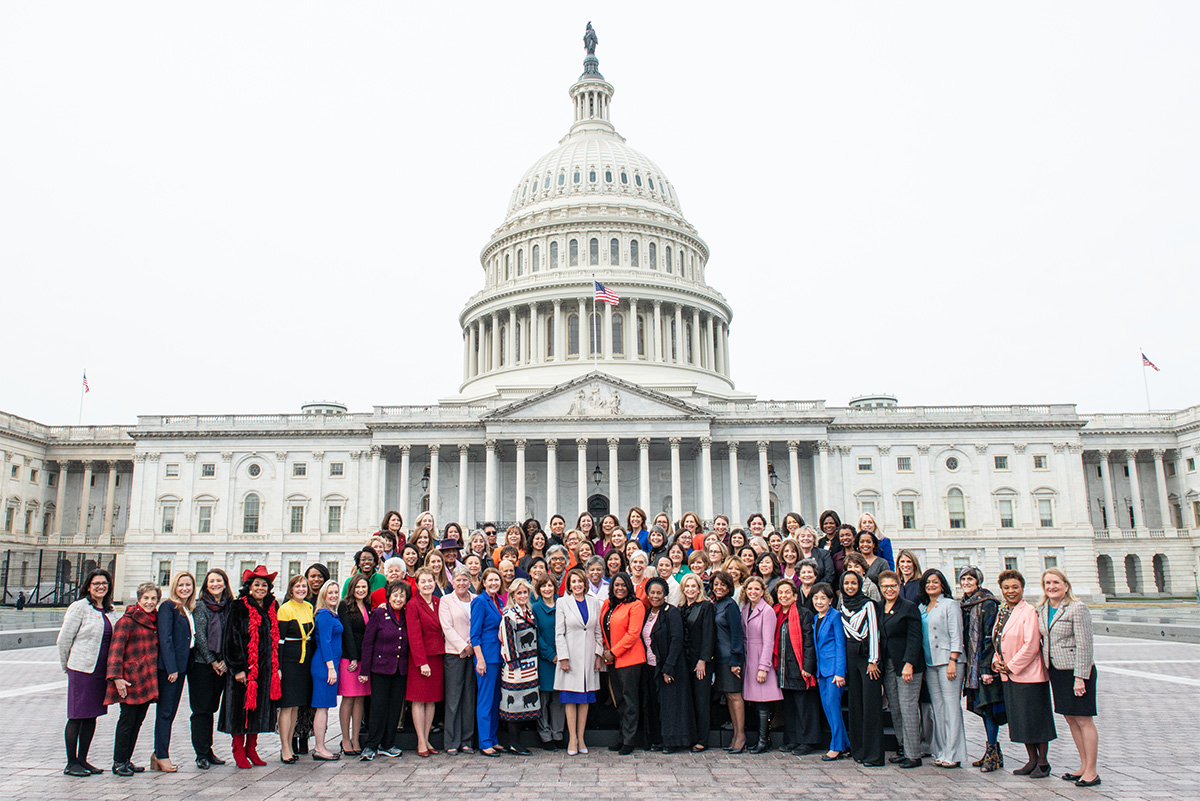
There have been several women’s movements in American history, including suffrage, equal pay and equal opportunity, and #MeToo. The news media have played a prominent role in covering #MeToo, including reporters who broke high-profile sexual harassment and assault stories. However, throughout most of the twentieth century, news outlets didn’t cover issues of sexual violence and ignored stories focused on women of color, immigrants, and low-income women in particular.
Reports by news organizations on major stories sometimes reflected and placated the attitudes of its readers while other times they educated and enlightened audiences. As more women and women of color have become involved in the news media, it has presented more of their perspectives and interests. This, in turn, has brought a greater diversity of issues and concerns more to the forefront of public interest, politics, and policy, with the possibility of becoming law. Women’s influence on the news media and what the audience sees and reads about is expanding, providing richer perspective and understanding about important issues.
In the age of the Internet, easier access to publishing tools, including personal websites, has meant more opportunity to express one’s opinion, or even publish one’s own news stories. Citizen journalists—everyday women and men acting through social media, personal websites, or blogs—have put pressure on lawmakers to enact change, including those who make up social movements like Black Lives Matter, #MeToo, and March for Our Lives.
Discuss the following questions:
- What effects did women’s suffrage have on civic participation?
- How have social movements used the news media to their advantage?
- Do you think social media is an effective tool for journalists? Why or why not?
